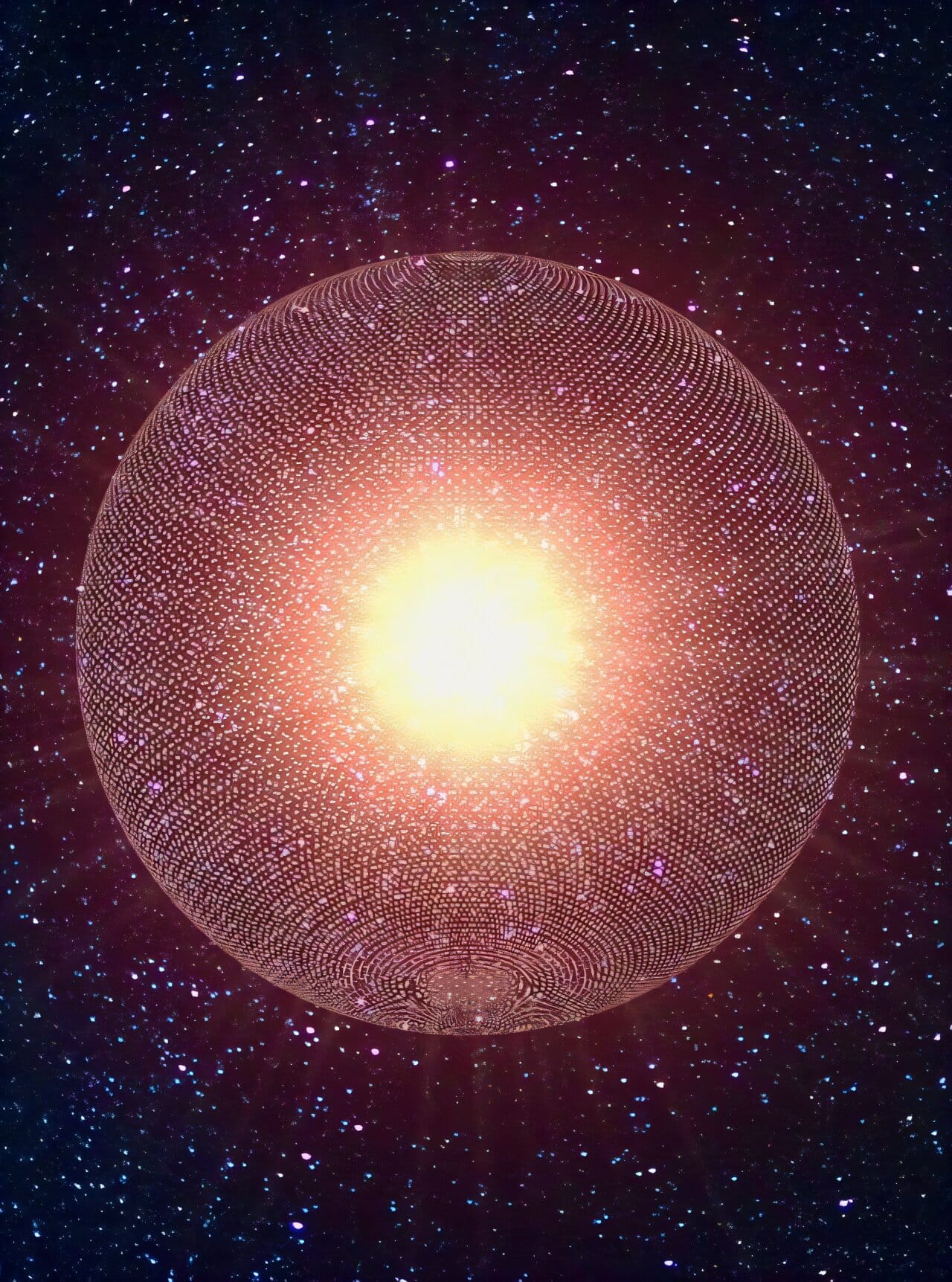
Often imagined as the crown jewel of future megastructures, a Dyson swarm—an orbiting fleet of solar collectors around the Sun—has long been considered a potential key to unlocking interstellar-scale energy. But a new scientific study suggests that building such a structure could come at a devastating cost: making Earth uninhabitable.
While Dyson swarms are typically relegated to science fiction and theoretical engineering, researchers are now turning the idea into a subject of real planetary climate modeling. A recent paper published in Solar Energy Materials and Solar Cells explores just how a solar-saturating megastructure could affect Earth’s climate. The answer is sobering: a full Dyson swarm could raise the planet’s temperature by 140 degrees Kelvin, enough to boil oceans and erase all known life.
A grand design for civilization-level energy
Originally proposed by physicist Freeman Dyson in 1960, the concept of enclosing a star with energy-collecting satellites has captivated imaginations for decades. In theory, such a structure would allow a Type II civilization on the Kardashev scale to capture most or all of its star’s energy output—an estimated 386 yottawatts in the case of our Sun.
Instead of building an impossibly rigid shell—a classic “ Dyson sphere ”—the more plausible version is a Dyson swarm : countless solar collectors orbiting at various distances, built gradually from materials mined in the solar system.
But until now, few studies have asked a critical question: What happens to the planets left inside that swarm?
Trapping the Sun: a thermal nightmare for Earth
Physicist Ian Marius Peters of the Helmholtz Institute Erlangen-Nürnberg set out to model the environmental consequences of such a megastructure. His results, presented in the new study, reveal that trapping and redirecting solar energy at this scale doesn’t come without consequences.
A complete Dyson swarm placed just beyond Earth’s orbit would dramatically alter the balance of solar radiation , pushing Earth’s global average temperature up by 140 K. That level of warming would vaporize oceans, collapse atmospheric dynamics, and render the planet completely uninhabitable.
The conclusion is stark: even with perfect energy-harvesting efficiency, Earth cannot coexist with a fully operational Dyson swarm unless it’s very carefully engineered—and very far away.
Is there a compromise?
Peters explores alternative scenarios, including a partial swarm placed at about 2.13 AU from the Sun—just past Mars. This configuration would allow the structure to harvest 15.6 yottawatts, or roughly 4% of the Sun’s total output, while raising Earth’s temperature by less than 3 K—comparable to the impact of modern-day global warming.
But even this compromise would require 1.3 × 10²³ kilograms of silicon —a quantity that surpasses the total crustal silicon available on Earth. Harvesting it would likely mean mining Mercury or asteroids at an industrial scale that dwarfs any current human endeavor.
The Tradeoff between Energy and Habitability
The study underscores a crucial and often overlooked truth: technological scale has ecological consequences. The dream of Dyson swarms hinges not just on engineering capability but on understanding planetary systems. When you enclose a star, you don’t just capture its energy—you change how that energy flows through space.
Peters’ modeling reveals a fundamental dilemma: more power means more heat, and unless that heat is meticulously managed, life-sustaining worlds like Earth pay the price.
Enjoyed this article? Subscribe to our free newsletter for engaging stories, exclusive content, and the latest news.
For more news like this, visit .